

4. What are the
projects of the BRI?
projects of the BRI?
It has been six years since the BRI was launched, here are some of the significant ways the BRI is connecting the world.
Click on the regions to find out more.
Tap on the regions to find out more.



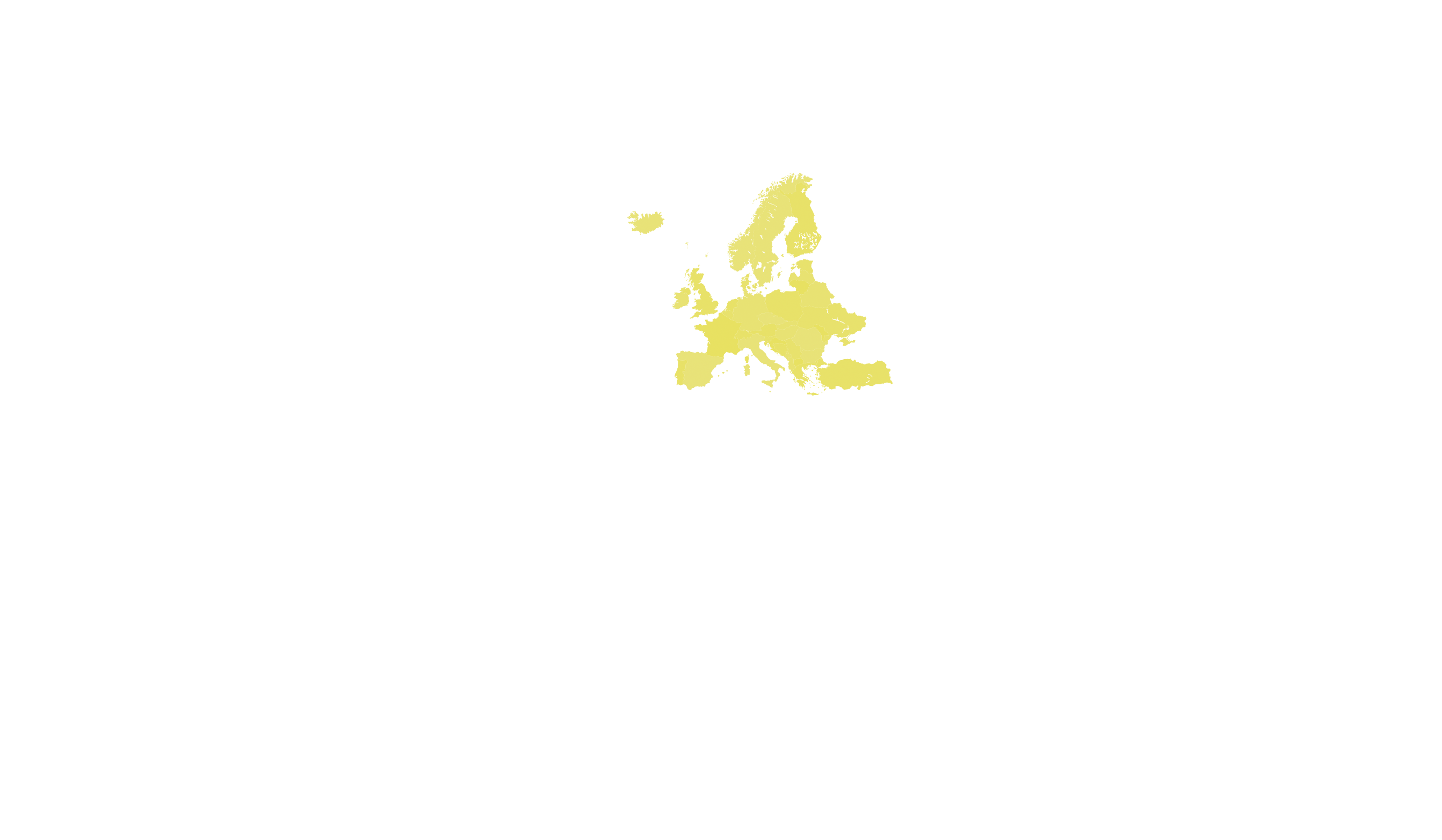
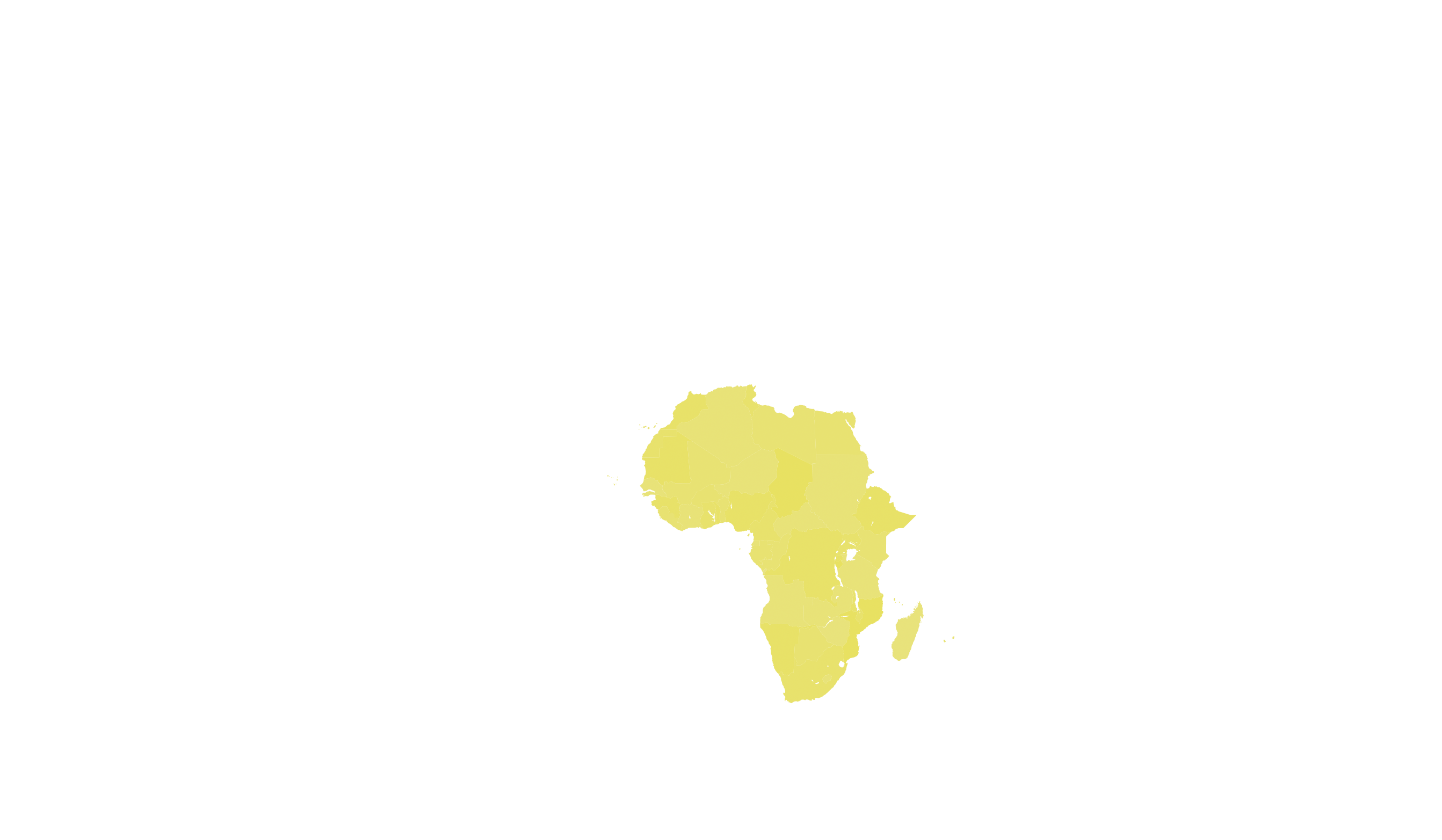

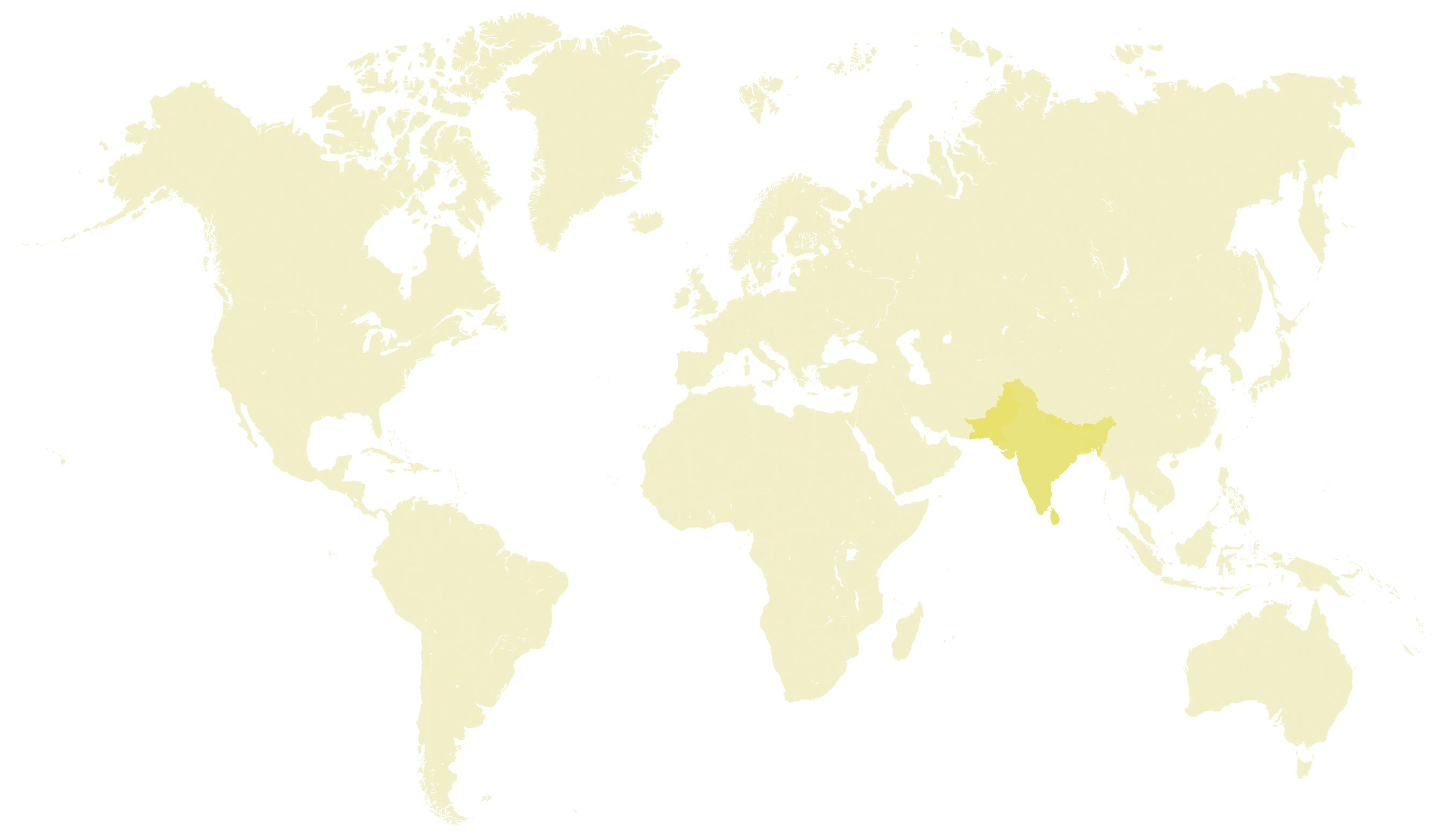
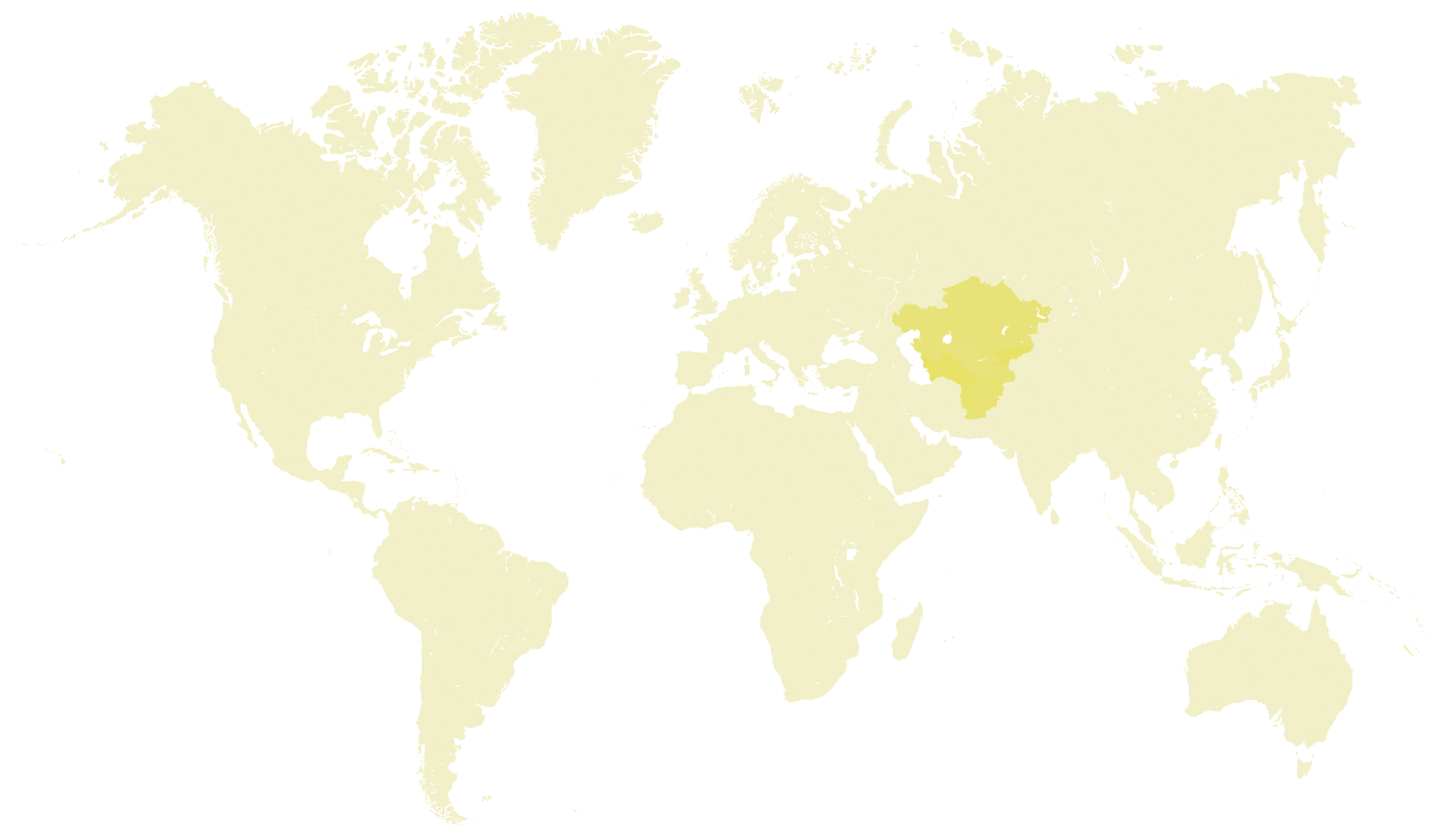
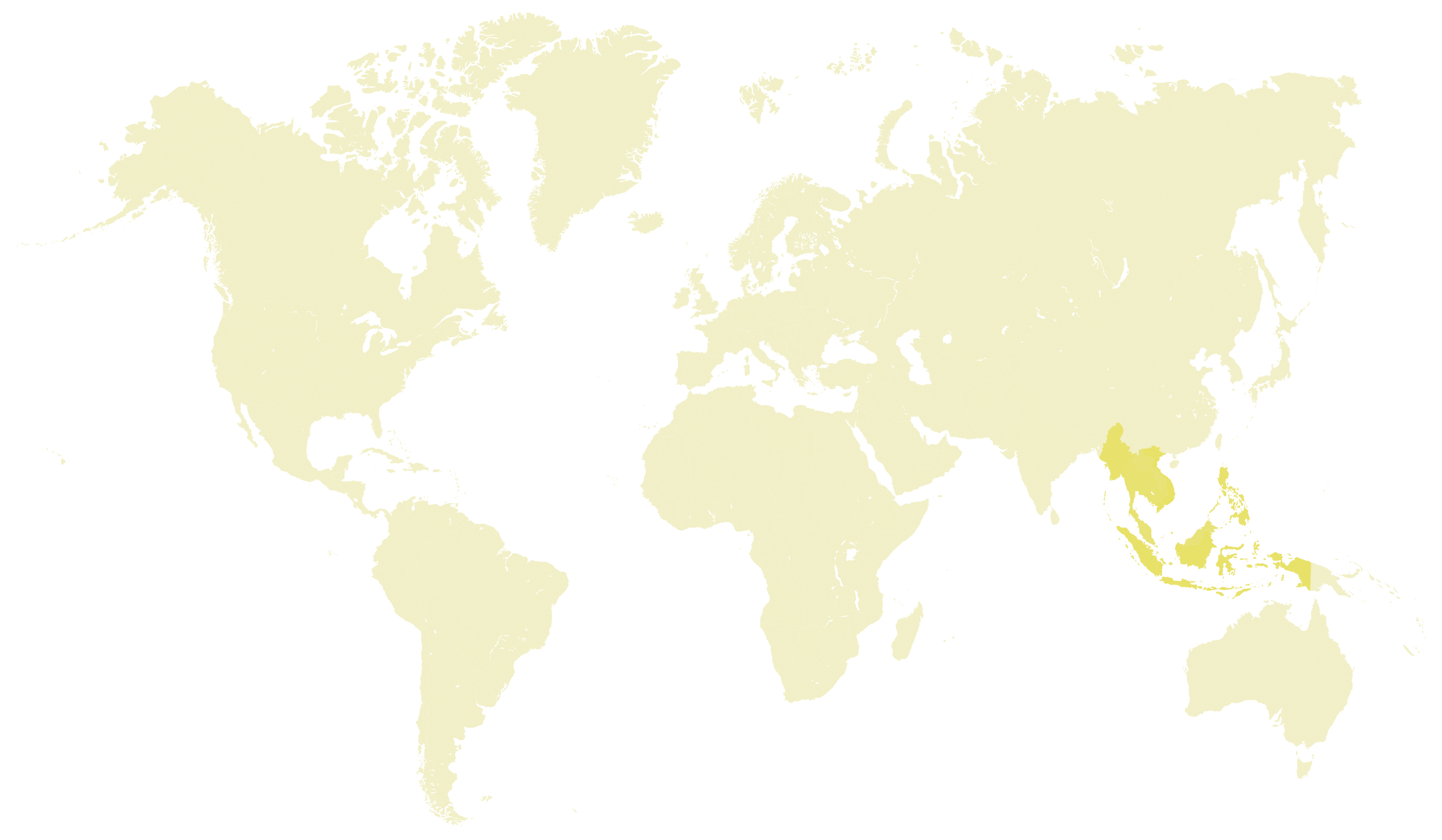
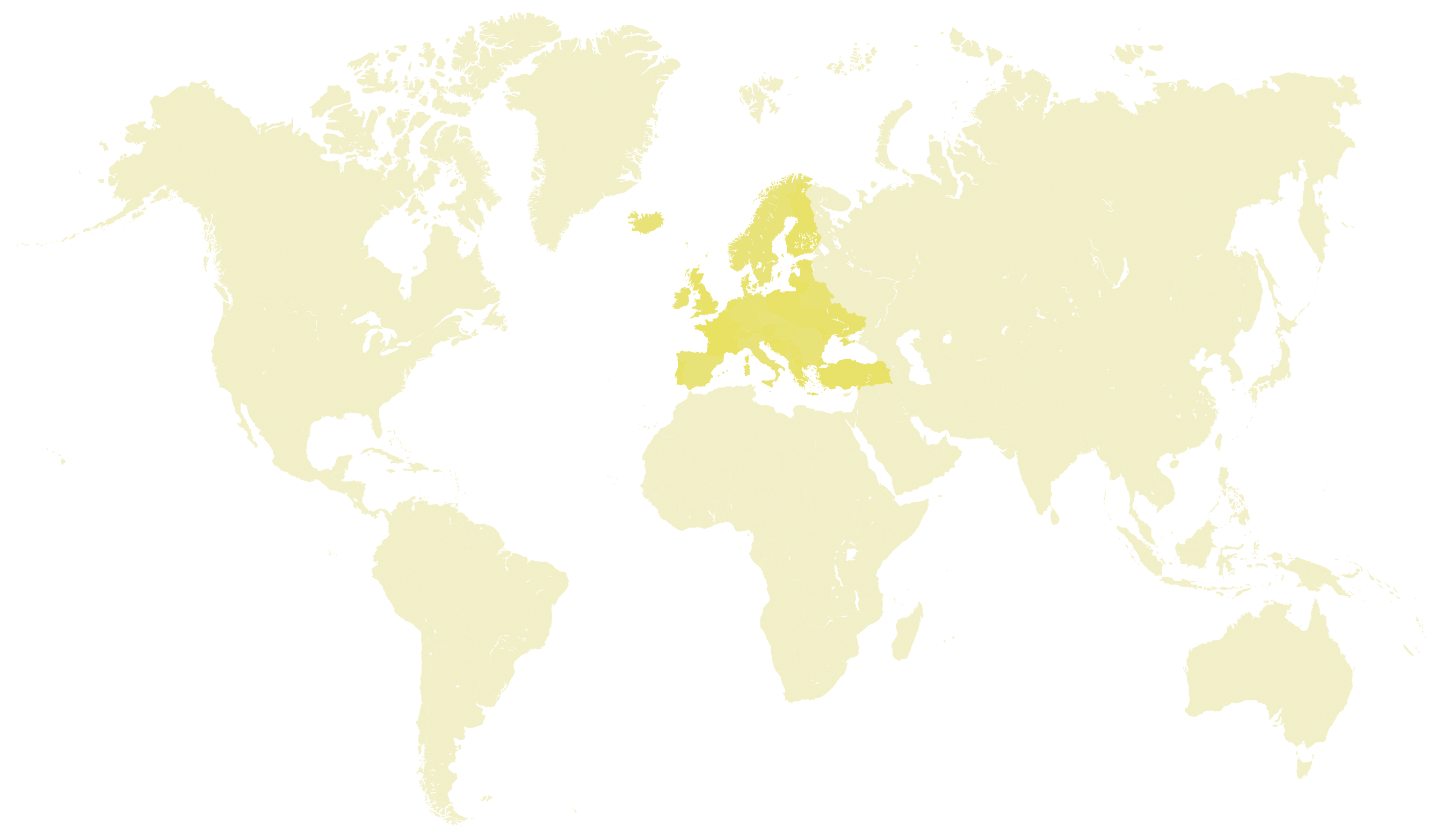
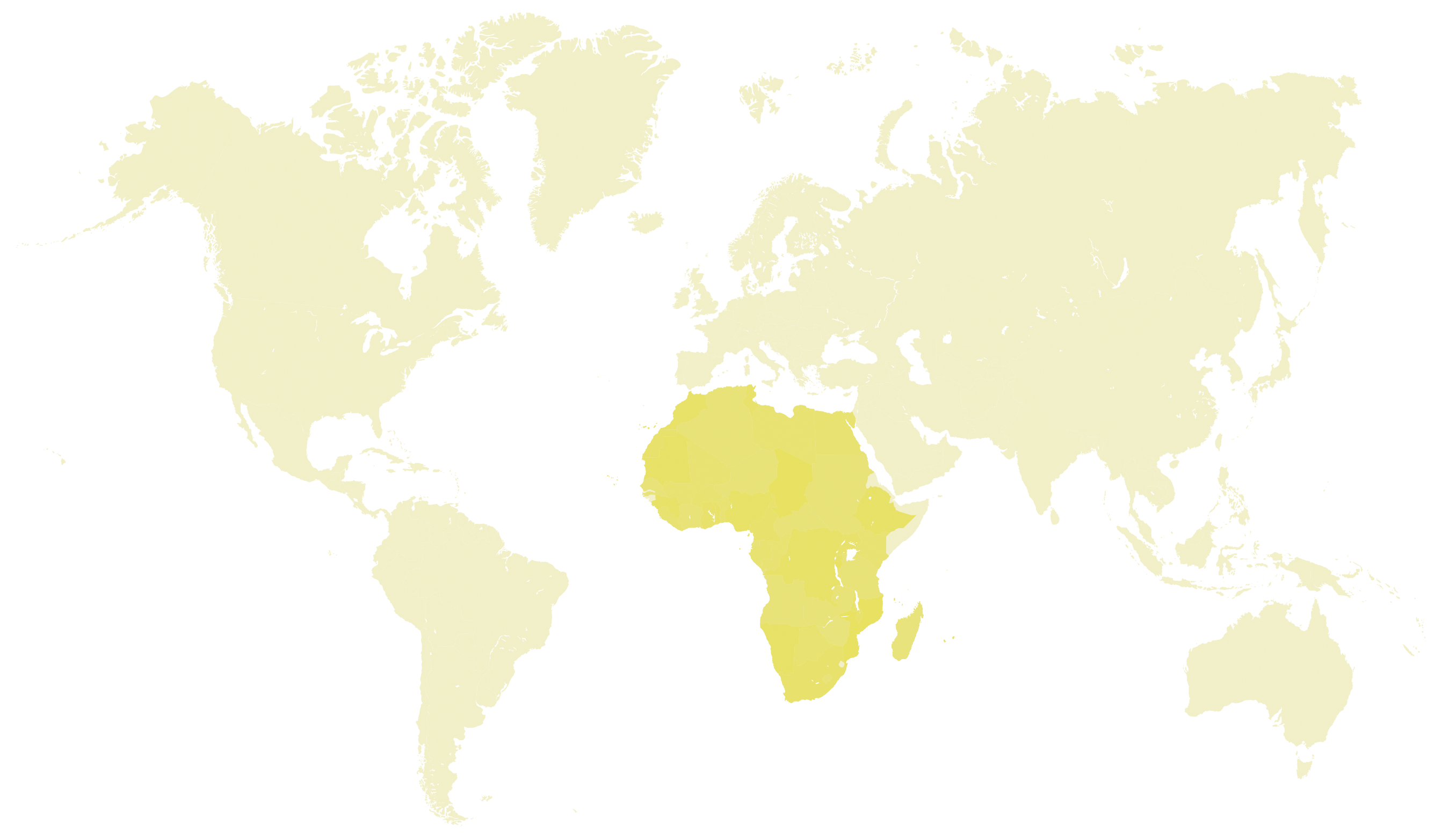
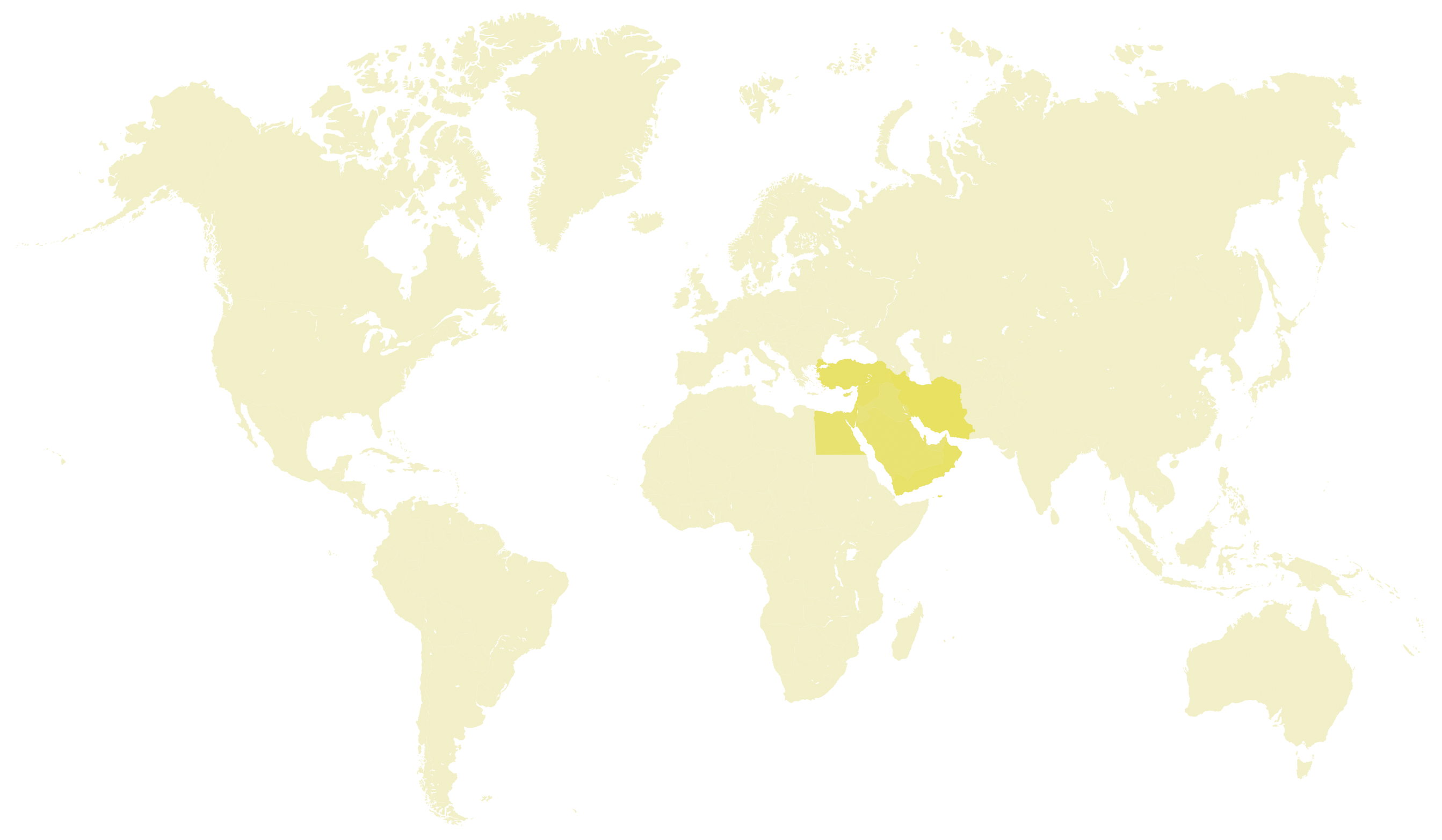

A highway from Kashgar in Xinjiang to Gwadar port in Pakistan
Fully operational since November 2016, the highway is part of the estimated US$62b China-Pakistan economic corridor. It will link with Northern Pakistan, Western China and Central Asia by sea ports in Gwadar and Karachi.
Fully operational since November 2016, the highway is part of the estimated US$62b China-Pakistan economic corridor. It will link with Northern Pakistan, Western China and Central Asia by sea ports in Gwadar and Karachi.
Gwadar Port
A key access point on the China-Pakistan economic corridor, Gwadar Port in Pakistan’s Balochistan province is being developed to become the largest port in South Asia.
The deep sea port is strategically located at the intersection of international sea shipping and oil trade routes, and connects Central Asia, South Asia, Africa and the Middle East.
A key access point on the China-Pakistan economic corridor, Gwadar Port in Pakistan’s Balochistan province is being developed to become the largest port in South Asia.
The deep sea port is strategically located at the intersection of international sea shipping and oil trade routes, and connects Central Asia, South Asia, Africa and the Middle East.
Colombo Port City
An entire metropolis built on land reclaimed from the Indian Ocean, Port City will nearly double the size of Colombo, Sri Lanka’s Capital. The US$1.4b project is the largest single foreign direct investment in the country’s history.
The development is to be completed by 2041 and meant to rival cities like Hong Kong and Dubai.
An entire metropolis built on land reclaimed from the Indian Ocean, Port City will nearly double the size of Colombo, Sri Lanka’s Capital. The US$1.4b project is the largest single foreign direct investment in the country’s history.
The development is to be completed by 2041 and meant to rival cities like Hong Kong and Dubai.
Khorgos Gateway
The landlocked village turned international shipping hub is a dry port and cross-border free trade zone between China and Kazakhstan. It connects the two countries by rail and is being touted as the next Dubai.
The landlocked village turned international shipping hub is a dry port and cross-border free trade zone between China and Kazakhstan. It connects the two countries by rail and is being touted as the next Dubai.
The Central Asia–China Gas Pipeline: Line D
China imports more than 30 billion cubic metres of natural gas from Turkmenistan per year.
Running through Uzbekistan, Tajikistan and Kyrgyzstan, the Line D pipeline is expected to supply another 25 billion cubic metres to China by 2020.
China imports more than 30 billion cubic metres of natural gas from Turkmenistan per year.
Running through Uzbekistan, Tajikistan and Kyrgyzstan, the Line D pipeline is expected to supply another 25 billion cubic metres to China by 2020.
China-Laos Railway Link
The 414 km railway line from Kunming, the provincial capital of Yunnan, to Vientiane, the Loatian capital, cuts travel time from three days to three hours. It is on track for completion in December 2021.
There are plans to extend the line to Bangkok, and southward along the Malay peninsula through to Singapore.
The 414 km railway line from Kunming, the provincial capital of Yunnan, to Vientiane, the Loatian capital, cuts travel time from three days to three hours. It is on track for completion in December 2021.
There are plans to extend the line to Bangkok, and southward along the Malay peninsula through to Singapore.
The East Coast Rail Link
The 640 km railway line that will connect Port Klang, near Malaysia’s capital city Kuala Lumpur, to Kota Bharu, in the country’s northeast region.
Due for completion in 2026, the project was initially canceled, and the cost negotiated by Malaysian Prime Minister Mahathir Mohamad to US$10.7b -- two-thirds the original cost.
The 640 km railway line that will connect Port Klang, near Malaysia’s capital city Kuala Lumpur, to Kota Bharu, in the country’s northeast region.
Due for completion in 2026, the project was initially canceled, and the cost negotiated by Malaysian Prime Minister Mahathir Mohamad to US$10.7b -- two-thirds the original cost.
Kyaukphyu Port
China National Petroleum Corporation's oil and gas installation at Kyaukphyu in Rakhine State, Myanmar costs US$2.45b. The 771 km pipeline stretching to China from the Myanmar coast can carry up to 440,000 barrels of crude oil per day.
Negotiations are underway for a US$7b deep sea port and special economic zone in Kyaukphyu.
China National Petroleum Corporation's oil and gas installation at Kyaukphyu in Rakhine State, Myanmar costs US$2.45b. The 771 km pipeline stretching to China from the Myanmar coast can carry up to 440,000 barrels of crude oil per day.
Negotiations are underway for a US$7b deep sea port and special economic zone in Kyaukphyu.
Pireaus Port
Revitalised by Chinese shipping giant Cosco, the historic port in Greece is set to become the biggest container port in the Mediterranean.
Located strategically along the Maritime Silk Road, it will handle five times more cargo in 2019 than in 2010.
Revitalised by Chinese shipping giant Cosco, the historic port in Greece is set to become the biggest container port in the Mediterranean.
Located strategically along the Maritime Silk Road, it will handle five times more cargo in 2019 than in 2010.
12,000 km direct rail link from Yiwu to London
The first freight train arrived in London from Yiwu in Zhejiang province in January 2017. The entire journey takes 18 days. It is hoped the railway link will expand trade between China and the UK.
The first freight train arrived in London from Yiwu in Zhejiang province in January 2017. The entire journey takes 18 days. It is hoped the railway link will expand trade between China and the UK.
Italy joins BRI countries
Italy became the first in the G7 nations to join the project in March 2019 when leaders signed a memorandum of understanding (MOU) to support the BRI.
Chinese investors signed deals worth US$2.8b including investments in port infrastructure in Trieste, Genoa, and Palermo.
Italy became the first in the G7 nations to join the project in March 2019 when leaders signed a memorandum of understanding (MOU) to support the BRI.
Chinese investors signed deals worth US$2.8b including investments in port infrastructure in Trieste, Genoa, and Palermo.
Kenya’s Standard Gauge Railway (SGR)
Opened to the public in 2017, the US$3.2b railway links Kenya’s capital, Nairobi, to the port city of Mombasa. Plans to extend that network into Uganda, Rwanda, South Sudan and Ethiopia, will put Kenya at the centre of an East African rail network.
Opened to the public in 2017, the US$3.2b railway links Kenya’s capital, Nairobi, to the port city of Mombasa. Plans to extend that network into Uganda, Rwanda, South Sudan and Ethiopia, will put Kenya at the centre of an East African rail network.
Bagamoyo Port
If completed, the US$10b Tanzania port will be the largest in Africa. Extending along 10 miles of coastline, it is hoped the port will handle 20 million containers a year and act as a gateway for East Africa’s landlocked countries.
Also part of the plan is a special economic zone modelled after China’s Shenzhen.
If completed, the US$10b Tanzania port will be the largest in Africa. Extending along 10 miles of coastline, it is hoped the port will handle 20 million containers a year and act as a gateway for East Africa’s landlocked countries.
Also part of the plan is a special economic zone modelled after China’s Shenzhen.
Yiwu-Tehran Railway line
The journey by rail takes only two weeks compared to more than a month by sea. The first cargo train from China arrived in 2016. It is hoped the railway will boost trade between China and Iran.
The countries have signed trade deals worth US$600b.
The journey by rail takes only two weeks compared to more than a month by sea. The first cargo train from China arrived in 2016. It is hoped the railway will boost trade between China and Iran.
The countries have signed trade deals worth US$600b.
Duqm Special Economic Zone
A consortium of Chinese firms have agreed to invest US$10.7b to help build Duqm’s special economic zone.
Duqm port in Oman is strategically positioned near the Straits of Hormuz, the gateway to the Persian Gulf, and an important passage for much of the world’s oil supply.
A consortium of Chinese firms have agreed to invest US$10.7b to help build Duqm’s special economic zone.
Duqm port in Oman is strategically positioned near the Straits of Hormuz, the gateway to the Persian Gulf, and an important passage for much of the world’s oil supply.
Egypt’s New Administrative Capital
Outside Cairo, a new administrative capital city is being built. It will accommodate a population of 6.5 million and is expected to cover over 700 km2.
East of Cairo, a 7.23 km2 area in the China-Egypt Suez Canal economic zone is being developed in the Ain Sokhna district of Suez province.
Outside Cairo, a new administrative capital city is being built. It will accommodate a population of 6.5 million and is expected to cover over 700 km2.
East of Cairo, a 7.23 km2 area in the China-Egypt Suez Canal economic zone is being developed in the Ain Sokhna district of Suez province.


